HOY VUX Foldable for Graphing Horizontal and Vertical Lines
I want to share a HOY VUX foldable I created to remind my students how to graph vertical and horizontal lines.

During my student teaching experience, my eighth graders really struggled with graphing horizontal and vertical lines. I was not presenting this material to them for the first time but reviewing it with them before the state test. I tried to get the students to see the relationship between what axis the graph crossed and how the equation started. This worked for some, but others continued to struggle. We listed points that were on each line with the hope that they would see the pattern. I was still never really satisfied with my presentation of the concept.
Now that I am teaching high school Algebra 1, the graphs and equations of horizontal and vertical lines are still tested on our state end of instruction exam. I think I ran across the HOY VUX mnemonic for the first time this summer on Pinterest. I initially dismissed it because I just didn’t get it. I didn’t get what it supposed to sound like or be like. I felt like I was probably missing something pretty obvious, but it just seemed kinda strange.
Since graphing equations is the main part of our Algebra 1 EOI exam, I have been trying my hardest to make sure I give my students the strongest graphing foundation possible. Yes, I want my students to pass their EOI test in April. And, yes, you could say I am teaching to the test. In the state of Oklahoma, if my students do not pass their Algebra 1 EOI Exam, they cannot receive a high school diploma.
They are given the chance to retake the exam or pass an alternate test if they do not pass the test. My students already have enough obstacles between them and graduation. I want to know that I have done everything possible to ensure that they go into that test prepared for the types of questions it will ask.
Okay, this blog post hasn’t gone exactly where I had anticipated it going. Back to HOY VUX.

About a week and a half ago, I read about HOY VUX on another blog. That blogger mentioned that HOY VUX was supposed to be a nonsense word. All of a sudden, it made sense why I hadn’t been able to figure out what it meant.
On the Monday before Thanksgiving Break, I introduced my students to HOY VUX. We discussed what each letter stood for. They had already learned from Slope Dude that horizontal lines have zero slope and vertical lines have undefined slope.
I did have to explain the difference between horizontal and vertical to some of my students. I tried the explanation of horizontal is like the horizon, but that held little meaning for my students. Finally, one student decided that vertical sounded a lot like vertebrae, and your vertebrae goes up and down.
With just a minute or two of explanation, my students were ready to start graphing and applying HOY VUX.
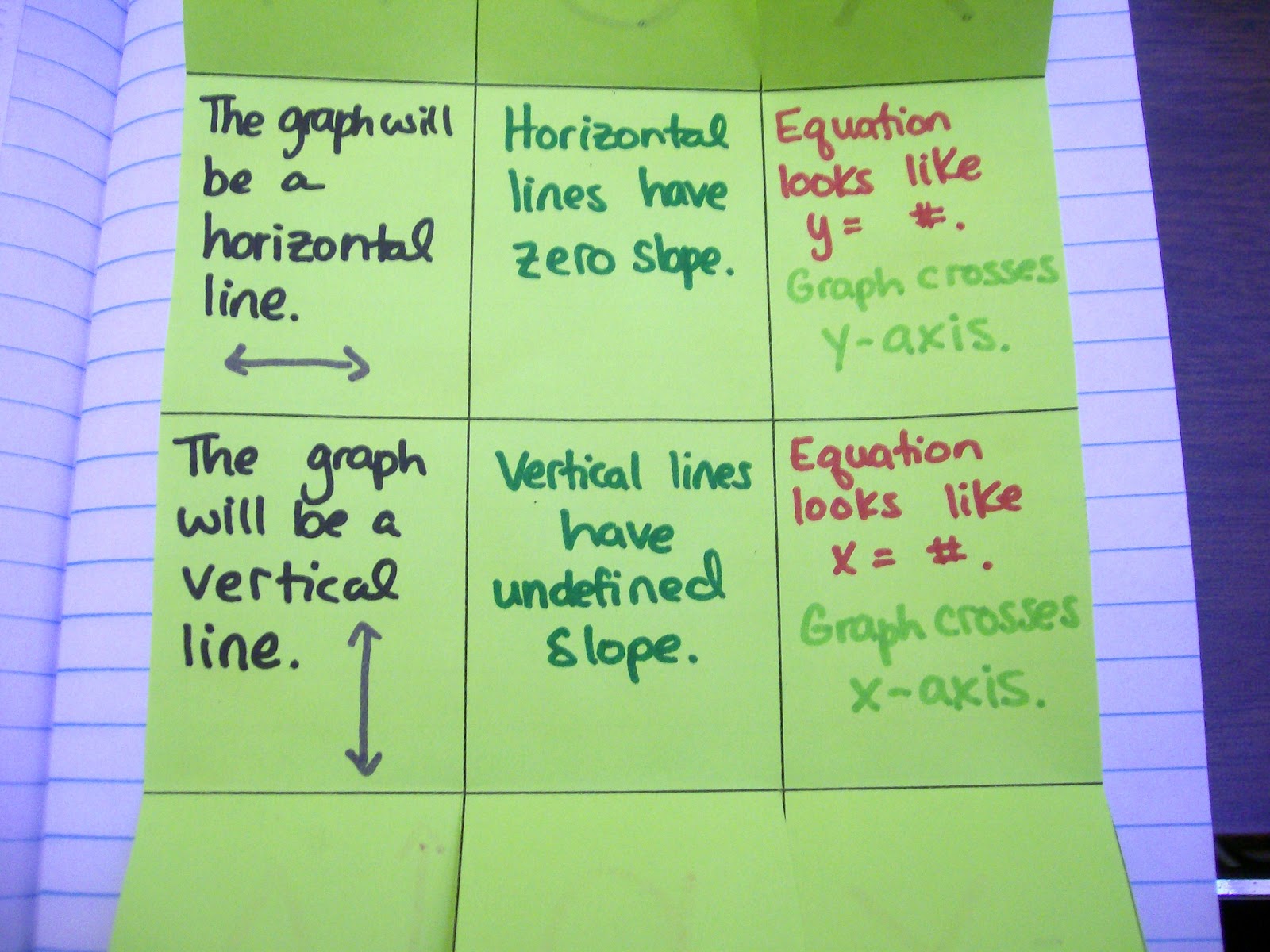
Tuesday, the day before Thanksgiving Break, we created a foldable over HOY VUX to put in our interactive notebooks. Under each flap, we wrote reminders of what each letter stood for. We used the X and Y flaps to describe both what the graph and equation look like. I think this is very important.
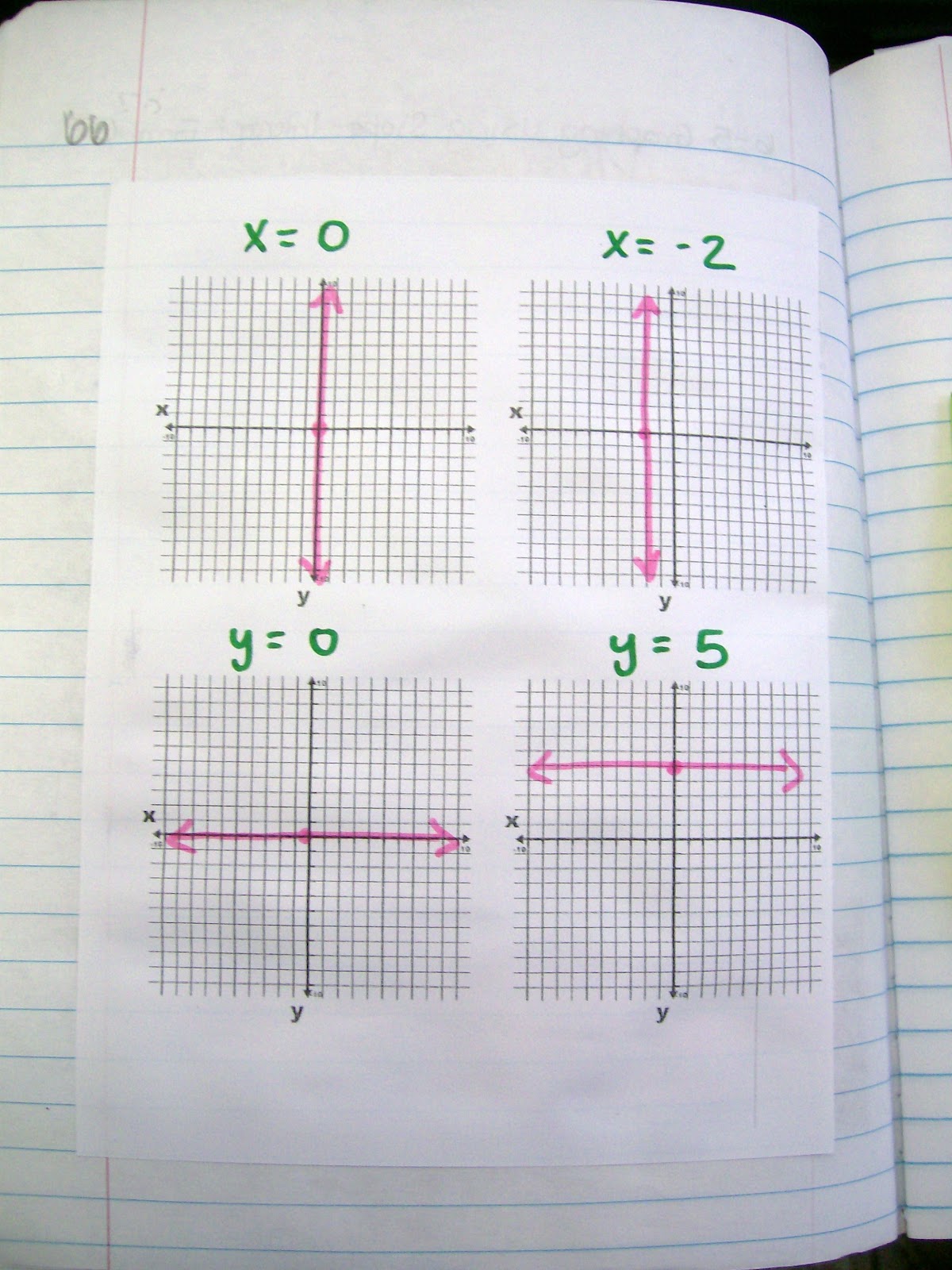
On the left page of our interactive notebook, we practiced graphing horizontal and vertical lines. I made sure that we graphed both x=0 and y=0 since I found that my students were most likely to confuse these.
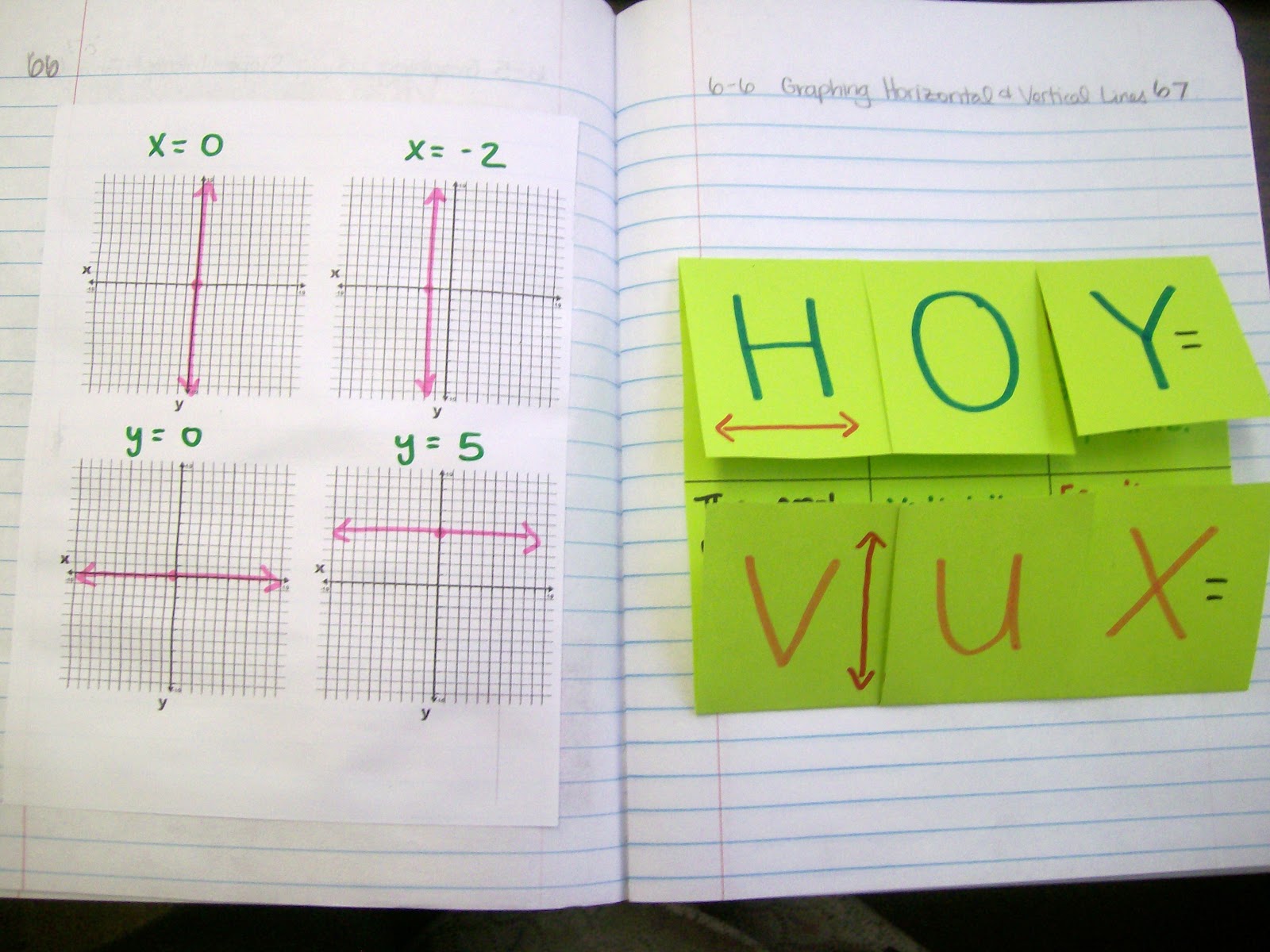
I wish I could say this HOY VUX foldable was the solution to all of my horizontal and vertical graphing needs. It works like a charm for almost all of my students. However, I have a handful of students who refuse to use it. While everyone else is graphing away, they will raise their hands for help. I will try to prompt them and ask if we would use HOY or VUX. And, they always tell me that they don’t do it that way. They do it their own way. Which would be fine with me.
I don’t tell my students that there is only one right way. If they come up with a method that works better for them, they are more than welcome to use it. I often have them share it with the class. But, the problem is these two students didn’t have their own way. They just didn’t want to use my way. So, their solution was to just ask for help each time. I don’t know how to deal with this. Is this my fault? Or is it theirs?
HOY VUX Foldable Template
Click here to SAVE the file to your device.
HOY VUX Foldable – 2012 Version (PDF)
1834 saves – 2.50 KB

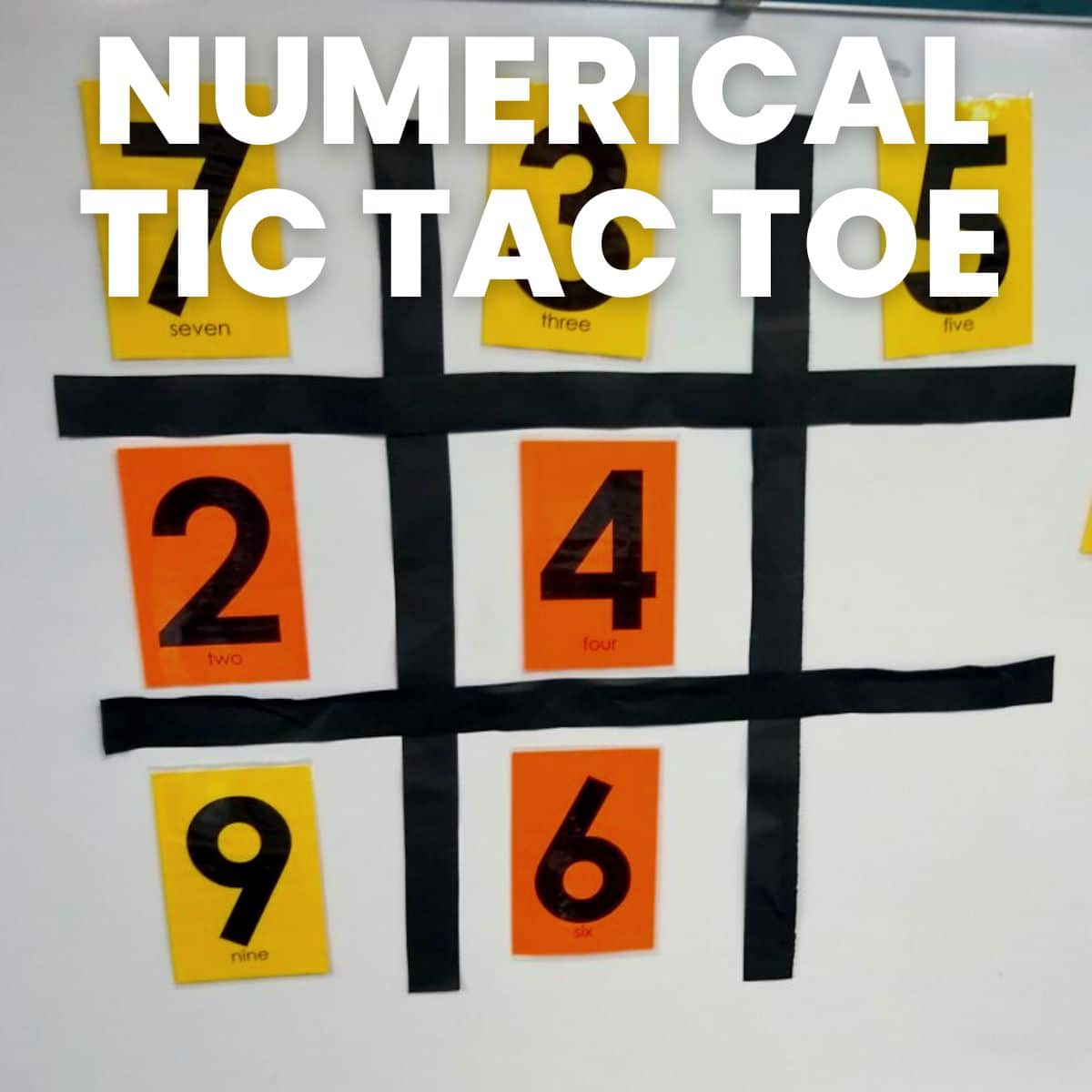

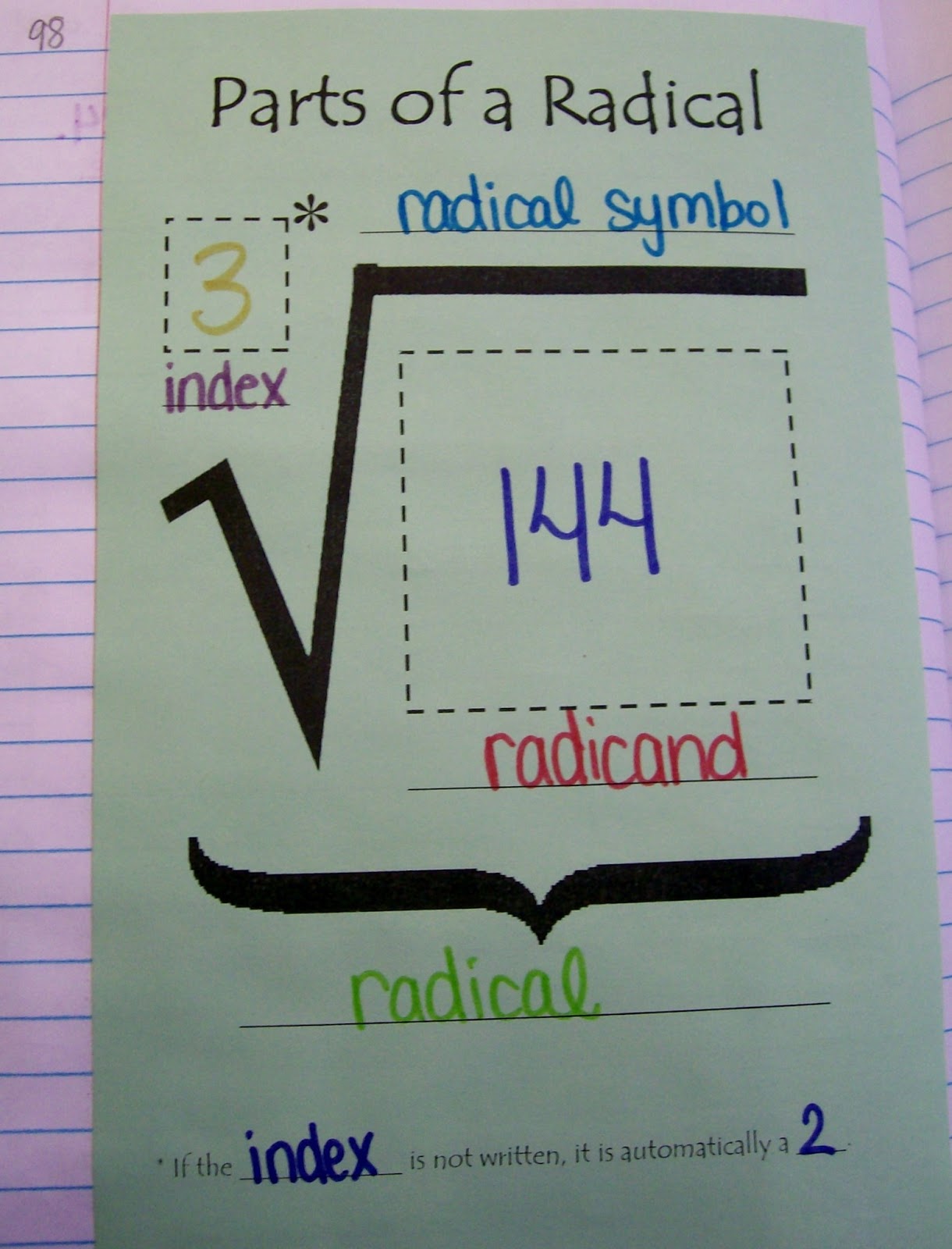
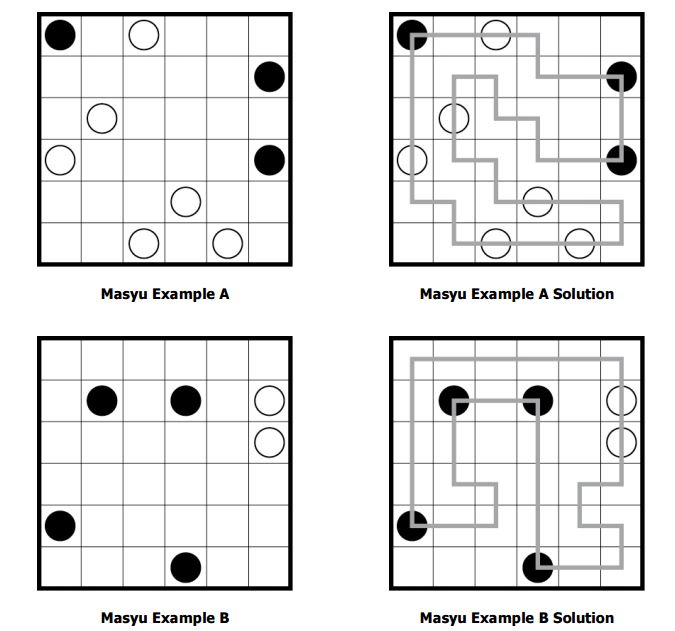

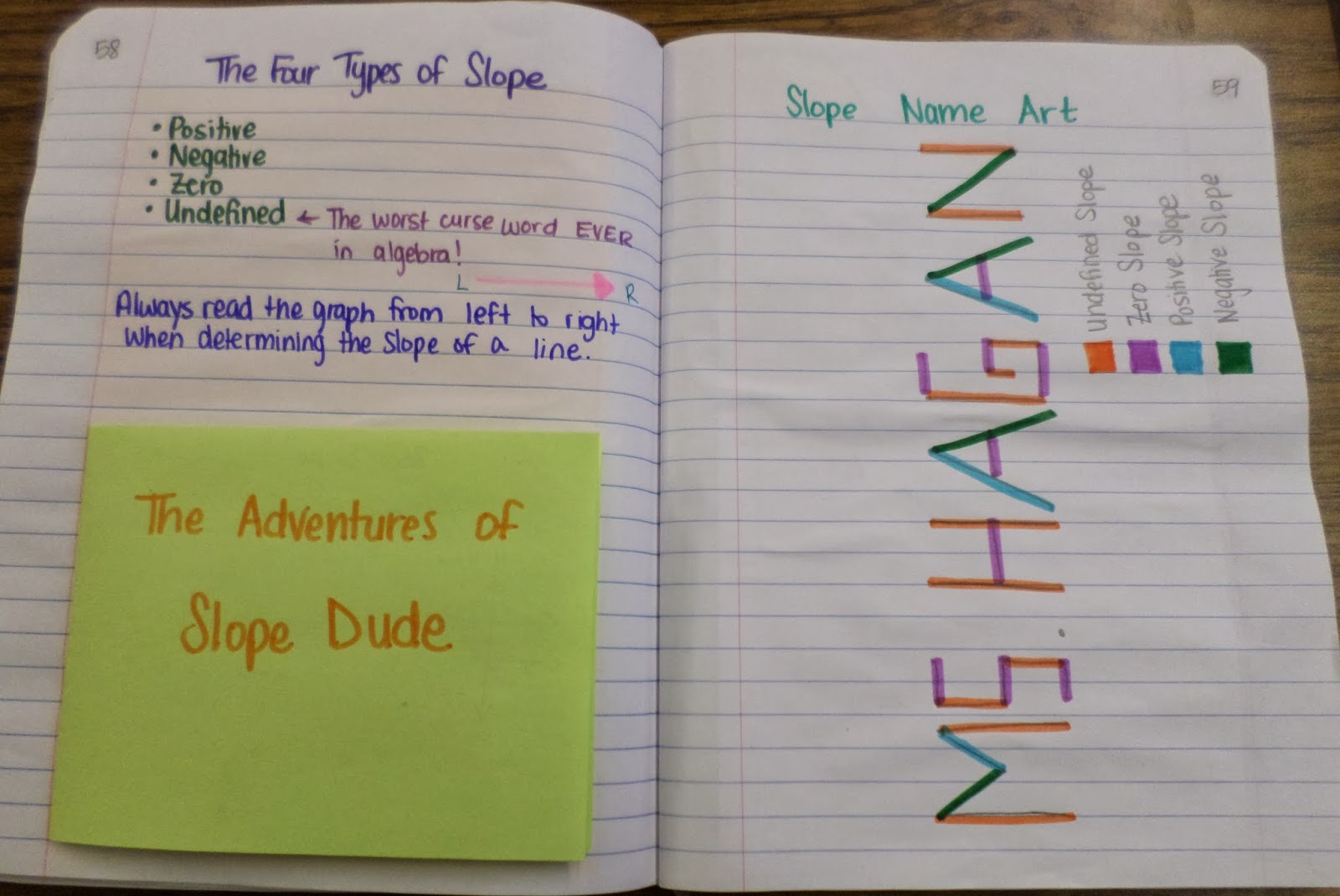
Thanks for this post. I love this idea.
Awesome Post
not bad
Thanks. Use foldables all the time. Just couldn't come up with one that I liked.
You're welcome! I love foldables, too!
If the kids don't want to use "your method" and they can't figure it out themselves, and they keep asking for you to help them. To me they are just lazy and want the answer without the work.
Do you have any suggestions to help combat my students' laziness?
lovely
simply wow Sarah. Thanks for sharing.
im just a student in 8th grade looking for study resorces this helps so much
Try asking them why they prefer not to use the foldable. Then pause and hear them out. Then ask them again, is there anything else why you prefer not to use it? Asking if there’s anything else after their answer can often bring out the real answer. It’s possible that they don’t like the teacher and are refusing to do it out of spite. However, usually the student feels that it is too embarrassing for them to use a foldable (they don’t want to look dumb- rather they want to look smart to others), yet this can backfire on them if they end up not knowing the correct answer. Or they are just being too lazy to put forth the effort to make the foldable. Double check and make sure the student doesn’t have dysgraphia or they feel that they’re embarrassed by their handwriting. I recommend making the foldable a grade and then having it on their desk during class. Hopefully that will motivate them to use it. Showing kindness to the student often brings the greatest rewards in their effort to follow your instructions.